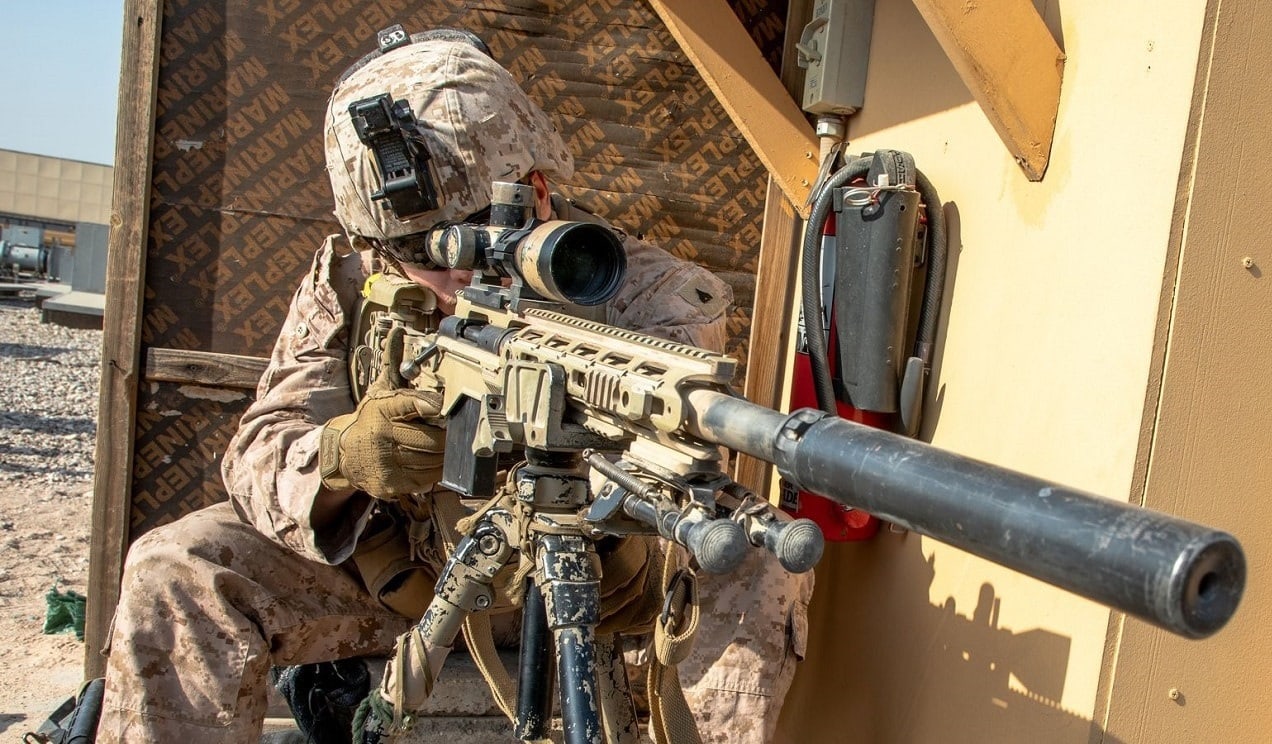The Ukrainian Defense Ministry’s Intelligence Directorate reported on November 1 that Russian forces have begun setting up electronic warfare equipment on the roof of the Zaporizhzhia Nuclear Power Plant. The revelation was detailed in an official statement that also revealed how workers at the nuclear power plant will be required to abandon old Ukraine contracts and become official workers for Rosatom, the Russian state atomic energy corporation.
“The occupiers set a condition for licensed employees of the operational change of the Zaporizhzhia nuclear power plant that by November 2 they must decide on signing or abandoning the contract with Rosatom,” the statement reads, adding that Ukrainian passes that grant entry to the facility will be canceled.
In the same statement, the Ukrainian Ministry of Defense claimed that Russian forces have begun installing military equipment on the rooftop of the fifth power unit at the facility.
The installation of electronic warfare equipment was described as an effort to “combat aerial reconnaissance equipment.”
What Is Electronic Warfare Equipment?
While the Ukrainian Defense Ministry didn’t provide much in the way of details, the statement appears to suggest that the Russian military is aiming to combat Ukrainian drones and aircraft.
Electronic warfare generally refers to the use of signals like radar, radio, and infrared, or anything on the electromagnetic spectrum, to identify or destroy incoming missiles, weapons, or vehicles.
American aerospace, information security, and defense company Lockheed Martin outlines three major areas of electronic warfare. These include electronic attacks, designed to “disrupt, deny, degrade, destroy, or deceive,” electronic protection, which is a way of “preventing a receiver from being jammed or deceived,” and electronic support, which is the “sensing of the electromagnetic spectrum.”
Depending on the kind of equipment allegedly being installed at the Zaporizhzhia power plant, Russia could be looking to disrupt, disable, destroy, or identify Ukrainian aircraft in the vicinity of the plant.
Weapons and Vehicles Have Long Been Stored At The Plant
If the claim is true, it wouldn’t be the first time that Russia has used the facility to store weapons. Since the Russian military took control of the nuclear facility in the early days of the conflict, reports have repeatedly revealed how Russian military vehicles and weapons are being stored and used on the Zaporizhzhia nuclear plant’s grounds.
Video footage also emerged in August showing Russian military vehicles parked inside a turbine hall connected to a nuclear reactor at the plant. The authenticity of the footage, which shows one of six turbine rooms filled with Russian military trucks, was confirmed by U.S. media outlet CNN. Roughly half a dozen vehicles can be seen in the video, emblazoned with the Russian “Z” military symbol.
Jack Buckby is a British author, counter-extremism researcher, and journalist based in New York. Reporting on the U.K., Europe, and the U.S., he works to analyze and understand left-wing and right-wing radicalization, and reports on Western governments’ approaches to the pressing issues of today. His books and research papers explore these themes and propose pragmatic solutions to our increasingly polarized society.
Want More 19FortyFive articles, news, and analysis on the top military, defense, national security, as well as politics and economics news? Make sure to follow us on Google News, Flipboard, YouTube, Facebook, Twitter, and Linkedin. Also, please don’t forget to sign up for our newsletter here. You can also find our code of publishing ethics and standards here.

